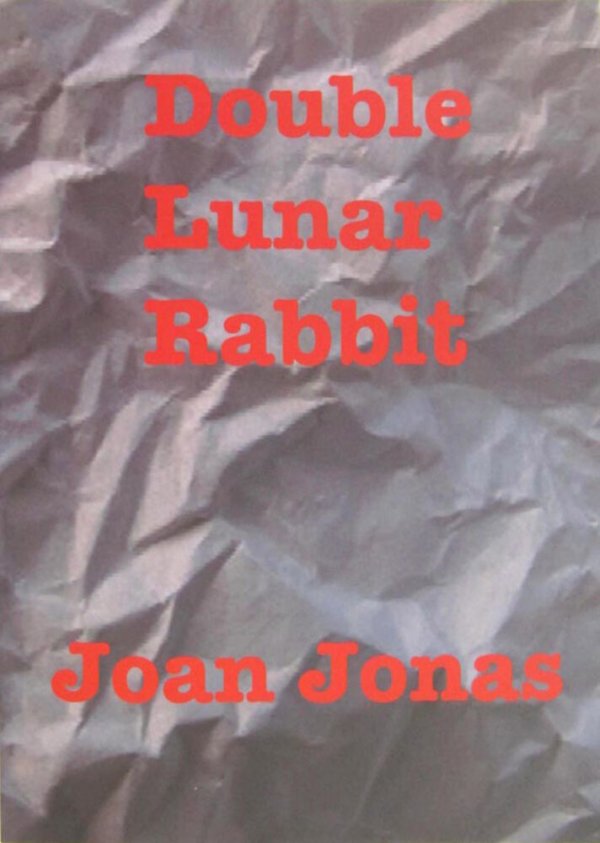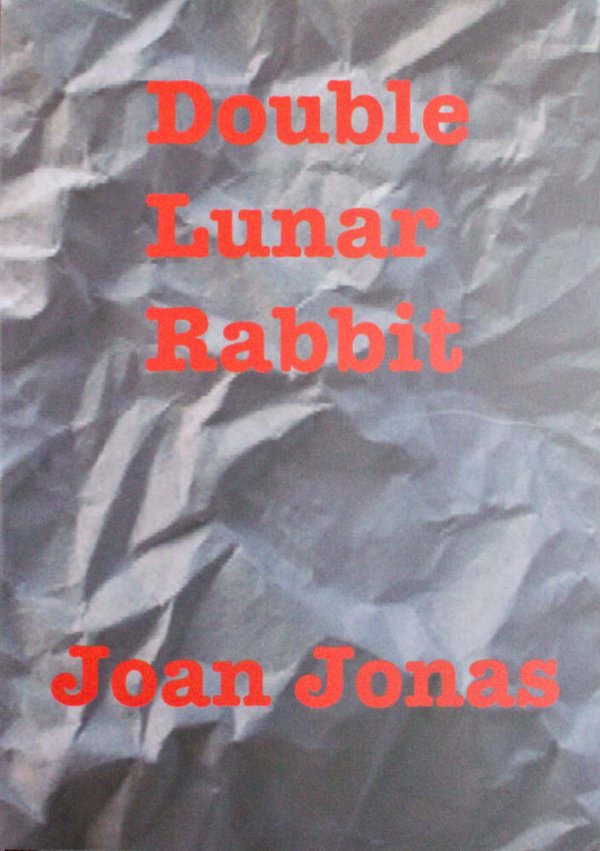Joan Jonas
A pioneer in the practice of performance, experimental cinema and video installation, since the eighties Joan Jonas has developed a hybrid genre fusing very diverse elements. Jonas incorporates objects such as masks and mirrors, but also video screens, sounds, texts and choreographed movement to explore notions of subjectivity and ritualism. While in her earlier works she focused on masks to represent the self and its transformations, she later pursued the same ideas through historical and mythological stories reinterpreted in a contemporary key. During her travels in the 1970s, she came into direct contact with the culture of the Hopi peoples of North America, Japanese Noh and Kabuki theatre, and the Mediterranean oral traditions of Greece and Morocco. Further creative referents include the influence of the performances of Claes Oldenburg, Robert Morris and Lucinda Childs in New York in the seventies; the work of friends such as Richard Serra, Robert Smithson, Nancy Holt and Gordon Matta-Clark; and the experimental dance of Trisha Brown and Yvonne Rainer. With her installations and performances, Jonas brings into the present the magical world of universal narratives and highlights the destructive relationship of humans with an increasingly fragile nature. In 1994, following a retrospective exhibition at the Stedelijk Museum in Amsterdam, she began turning some of her performances into installations, allowing her to enter the international exhibition circuit.
Retrospectives dedicated to her work include those held at the Stedelijk Museum, Amsterdam (1994); Stadtgalerie, Stuttgart (2001); Queens Museum of Art, New York (2004); MACBA, Barcelona (2007); Tate Modern, London (2018); and the Pinacoteca, São Paulo (2020). Her works are included in public collections such as MoMA and the Solomon R. Guggenheim Museum, New York; Tate Modern, London; and MACBA, Barcelona, among many others.








![Joan Jonas. Timelines: transparències en una habitació fosca [Reportatge fotogràfic exposició]](https://img.macba.cat/public/styles/large/public/imagenes/archivo/documento_archivo_A.HIS.00049.jpg?itok=1o1oW55z×tamp=1628189340)
![Tau/ma [núm. 4]](https://img.macba.cat/public/styles/large/public/imagenes/archivo/documento_archivo_A01406.002.jpg?itok=kyoWHs_g×tamp=1684777550)

